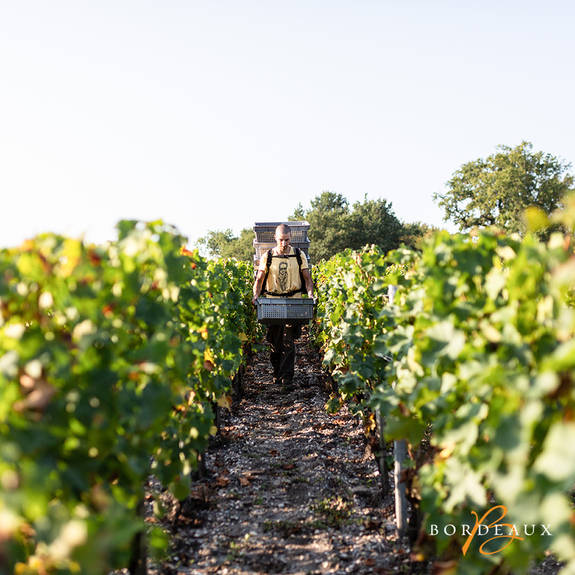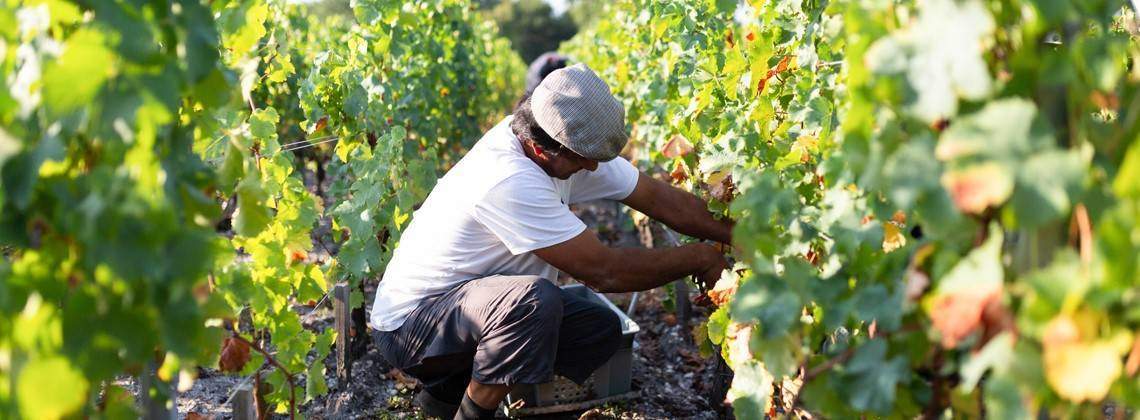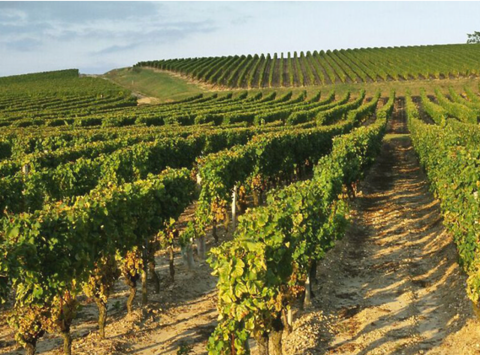Bordeaux’s Harvest Manual
1. Choosing the right momentEverything starts here. As early as August, a winemaker must observe the state of their grapes parcel by parcel, plot by plot. They must sample multiple grapes to determine their maturity, which depends on the vagaries of the weather. If grapes are picked too soon, the resulting wine will be too acidic. Picked too late, and the sugars will take precedence over the aromas. It is, like many things, all about balance. The winemaker”s role is to ascertain, according to the specificities of their vineyard’s terroir and its particular grape varieties, exactly when grapes should begin to be removed from the vines. Once the date is determined, the harvest can begin.In the Bordeaux region, the harvest begins with the grapes that will be used to produce dry whites and rosés as early as the end of August, followed by reds (which account for 86% of the total production of Bordeaux wines) and finally sweet wines, such as Sauternes. A harvest can last from one to three weeks depending on the size of the farm, the weather, and the specific harvesting techniques utilised on each estate. The entire process will be spread over one to two months in total throughout the vineyard.

2. Choosing the right toolsA harvesting machine is the main tool of many Bordeaux winegrowers. Fast and effective, the machine shakes the vines and allows humans to collect large quantities of grapes in a short period of time, which is vital since – as we mentioned before – grapes must be harvested at the perfect point of maturity. Bordeaux vineyards are twenty-six years old on average, and they must be pampered.
On the other hand, for more delicate grape varieties, or particularly venerable vines (some are over sixty years old), on small family farms, or fields inaccessible to harvesting machines, human hands remain the best allies of winemakers.
In many Bordeaux vineyards, the harvest is also a time of humanity and reunion. During a manual harvest, each person picks bunch after bunch of mature grapes. It is an intense, exhausting job since a good cutter must be able to pick up to 2,000 pounds of grapes per day, and is only interrupted by a large lunchtime meal (this is France after all).Here are some essential tools for manual harvesting:
• A good wake up, since it’s important to start at dawn.• A secateur (one-handed pruning shears) or serpette (billhook): indispensable tools for any serious cutter.• Buckets or wicker baskets in which bunches of grapes can be placed.• Hoods carried by a porter to the grape bin or small crates that will be stacked on a tray.

3. Quickly moving the picked grapesOnce picked – whether by hand or by machine – the grapes must be transported immediately to the winery. Otherwise, the grapes may macerate or ferment, thereby losing qualities essential to good vinification.

4. Separating the wheat from the chaffNow comes the process of partial or total cleaning of the harvest, also known as destemming. For this, a machine called the érafloir gently removes the herbaceous portion of the grape cluster so that only the fruit itself is kept for fermentation.It seems that connoisseurs of red wine can discern in the mouth if a harvest has been destemmed or not: they say that the wine is fruitier and aromas of red fruits are more present when the stems have been removed.
That said, we mean no offence to those who don’t destem: some winemakers prefer to keep some stem fragments in the mix, which they say adds complexity, tannins, and freshness to their wine.

5. Keep only the good grapesJust as in the fields, human hands (and eyes) are better than machines for the delicate process of sorting and discarding rotten, dehydrated, or under-ripe grapes. Those helping with the harvest separate out bad grapes and remove leaves, twigs, and insects before the grapes are turned into juice.

6. Finally, it’s time to crushYou may have images in your mind of people joyously stomping away in huge wooden vats but, these days, human feet have been replaced by a large machine composed of two fluted cylinders which flatten the grapes without crushing the seeds. This is an essential step in the making of wine (particularly red wine), which facilitates the fermentation of the grapes once they’re placed in vats.
After the crushing (or perhaps more correctly, the flattening) process, it’s time for maceration and fermentation…but that’s another story for another time.



